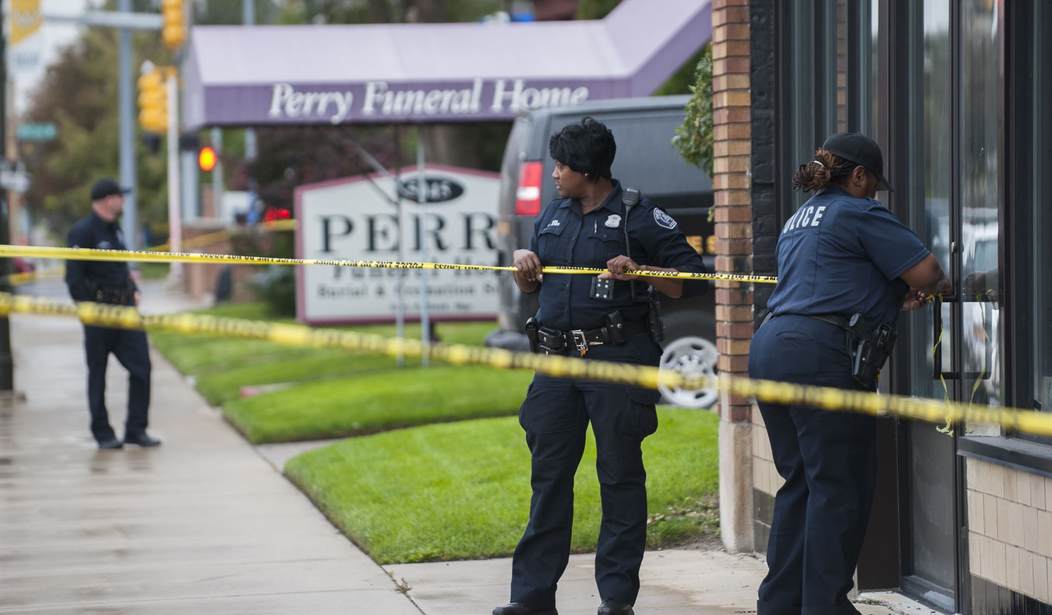This is a disturbing story, but it runs far deeper than the recent spike in violent crime that has been observed since 2020. National Review reports that an ongoing study of law enforcement clearance rates in the United States paints a picture of a culture where we’ve been heading in the wrong direction for a very long time. The Murder Accountability Project (MAP) has been tracking the clearance rates for murders in America and the rate for 2020 was barely over 50%. There was indeed a steep decline between 2015 and 2020, but the clearance rate in the 1960s was more than 90 percent. It’s been almost entirely downhill ever since.
Data analyzed by the organization Murder Accountability Project (MAP) revealed that the U.S. murder “clearance rate,” which reflects the proportion of total homicides solved by police, dropped to the lowest point ever on record in 2020.
Whereas the FBI reported over 90 percent of homicides were solved in the mid 1960s, that number has continuously declined over the decades, dropping sharply between 2015 and 2020, to an all-time low of just above 50 percent.
“We’re on the verge of being the first developed nation where the majority of homicides go uncleared,” MAP founder Thomas Hargrove explained to the Guardian.
That sounds like bad news to be sure, but it may be even worse than those statistics imply. MAP is currently engaged in a lawsuit against the FBI, seeking to explain why so many murders are going unreported in recent years. As of 2021, all crimes recorded by state and local police must be recorded in the National Incident-Based Reporting System (NIBRS). It’s a new system that is reportedly far more useful and collects and collates a greater breadth of data. But it’s also insanely more complicated and many law enforcement agencies are not compliant with it yet.
The gap sounds very large. Local law enforcement agencies reported 14,715 homicides since NIBRS came online. But during the same period, the CDC tallied 25,988 murders. So that means that in the past couple of years, less than half of the murders that took place were recorded in the system.
Of those that were recorded, the clearance rate is still dreadful. But why? A variety of reasons have been offered, but no one factor seems to paint the entire picture. One of the biggest shortcomings is found with the murder of younger Black males in urban areas. In cities like Oakland, Chicago and Baltimore, murders of younger Black males are 15-30 percent less likely to result in an arrest than in any other part of the country. And inner-city police blame the low clearance rate on the unwillingness of witnesses to step forward. (“Snitches get stitches.”)
This is sobering news, but you can’t confront a problem without first admitting you have one. If the killers of half of the murder victims in the United States are able to remain in the wind (probably to kill again), then things need to change. That won’t happen if it’s left up to the powers that be in Washington. We already know how that works out. At both the state and local levels, we need to be electing people who will support significant expansion of law enforcement resources and fund the modernization of the tools they use to solve crimes in the 21st century. And the current crew in Washington who are more interested in saving Ukraine and leaving the border open than keeping rank and file Americans safe need to go too. This is a national disgrace and it will require a solution that is supported at all levels from top to bottom.









Join the conversation as a VIP Member